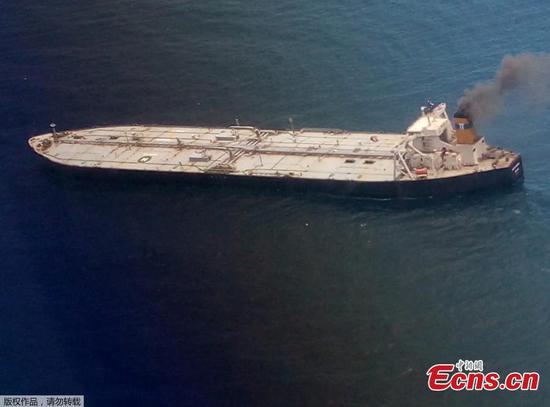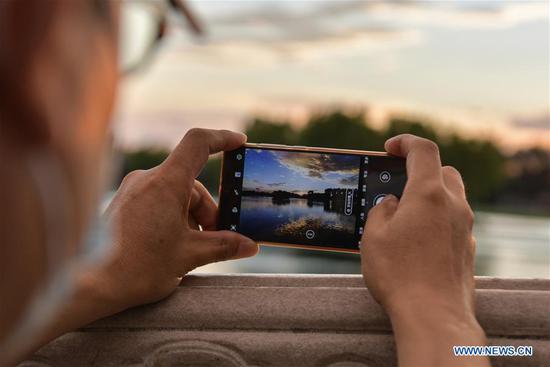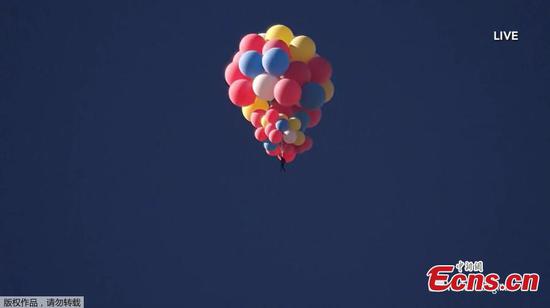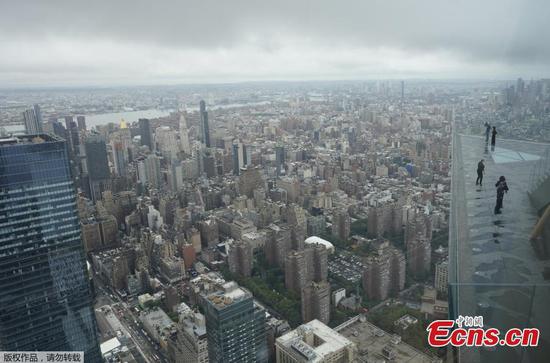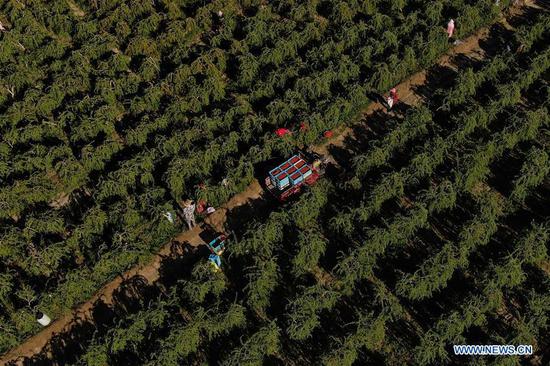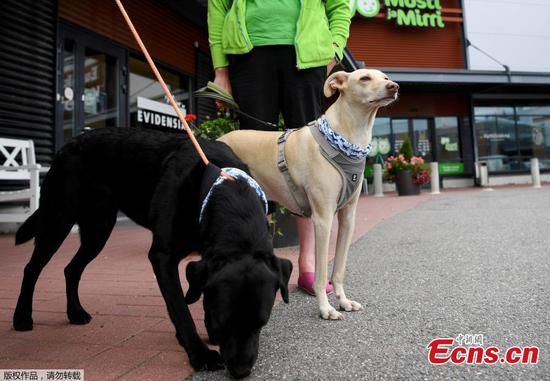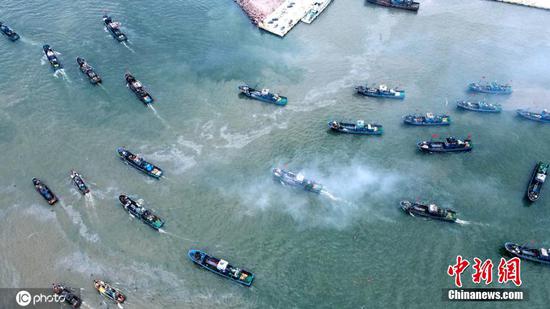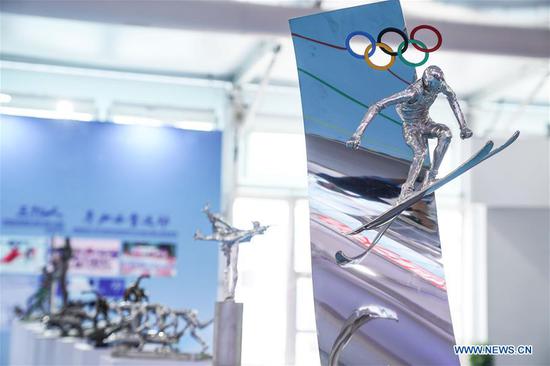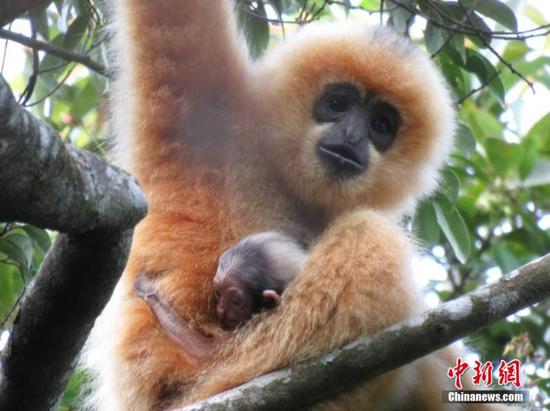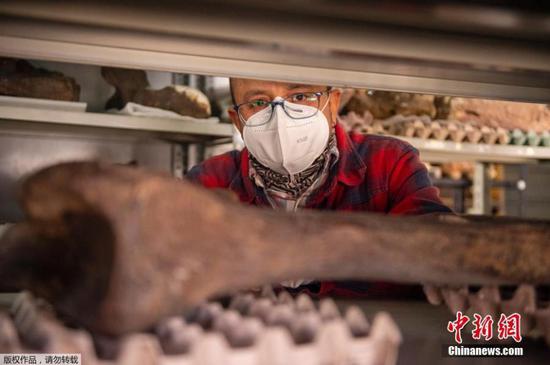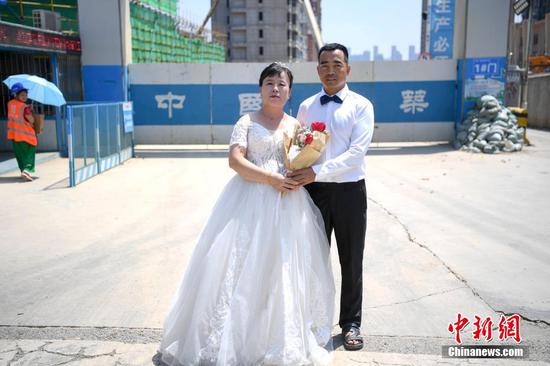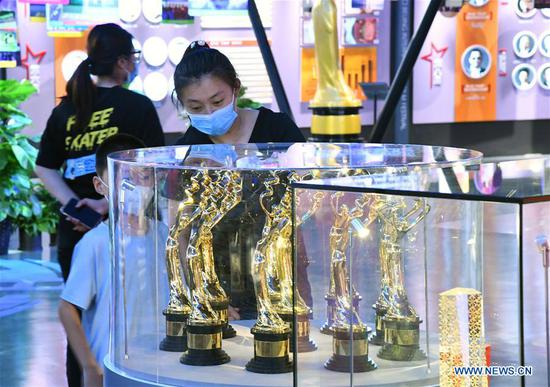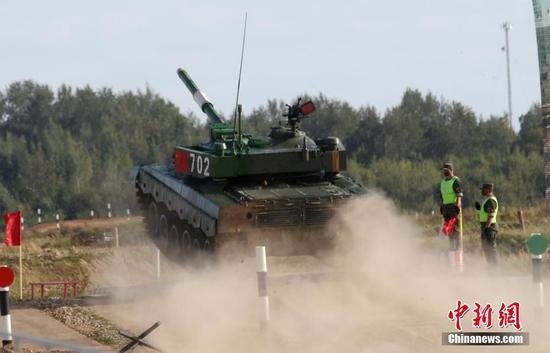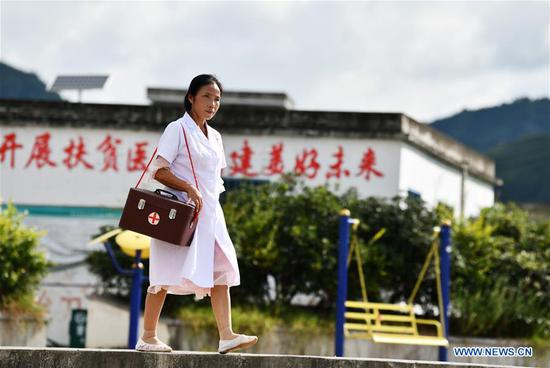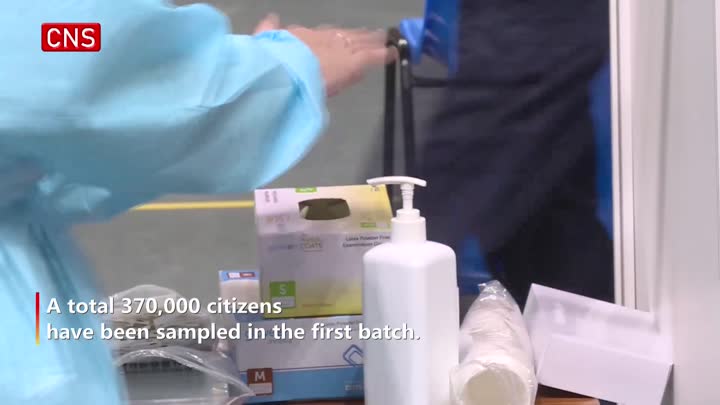China's reusable experimental spacecraft landed at a preset site on Sunday morning after two days in orbit.
Xinhua News Agency said its mission was a complete success and proved that the spacecraft is able to offer space round-trip services more conveniently and affordably than existing approaches.
The agency did not give details of the two-day operation, the landing site or how the spacecraft landed.
The reusable experimental vehicle, whose name has yet to be disclosed, was lifted into orbit atop a Long March 2F carrier rocket from the Jiuquan Satellite Launch Center in the Gobi Desert on Friday afternoon.
China Aerospace Science and Technology Corp, the leading State-owned space conglomerate, said after the launch that the robotic vehicle was tasked with verifying reusable technologies that will serve as technological foundations for the peaceful use of space.
The company did not elaborate on details of the mission and the spacecraft, and did not publish pictures of the liftoff or scenes inside the command and control hall.
One of the company's subsidiaries, Xi'an Aerospace Propulsion Institute in Shaanxi province, said on its WeChat account in March that "the next Long March 2F flight will be an important scientific experimental mission and will lay the foundation for future manned space programs".
The mission "will be crucial to next-generation aerospace technologies", and the institute "must make sure it will succeed", it said.
Experts said reusable spacecraft have a wide range of applications, such as carrying out space tours for civilians, transporting astronauts and placing satellites into orbit more cheaply.










